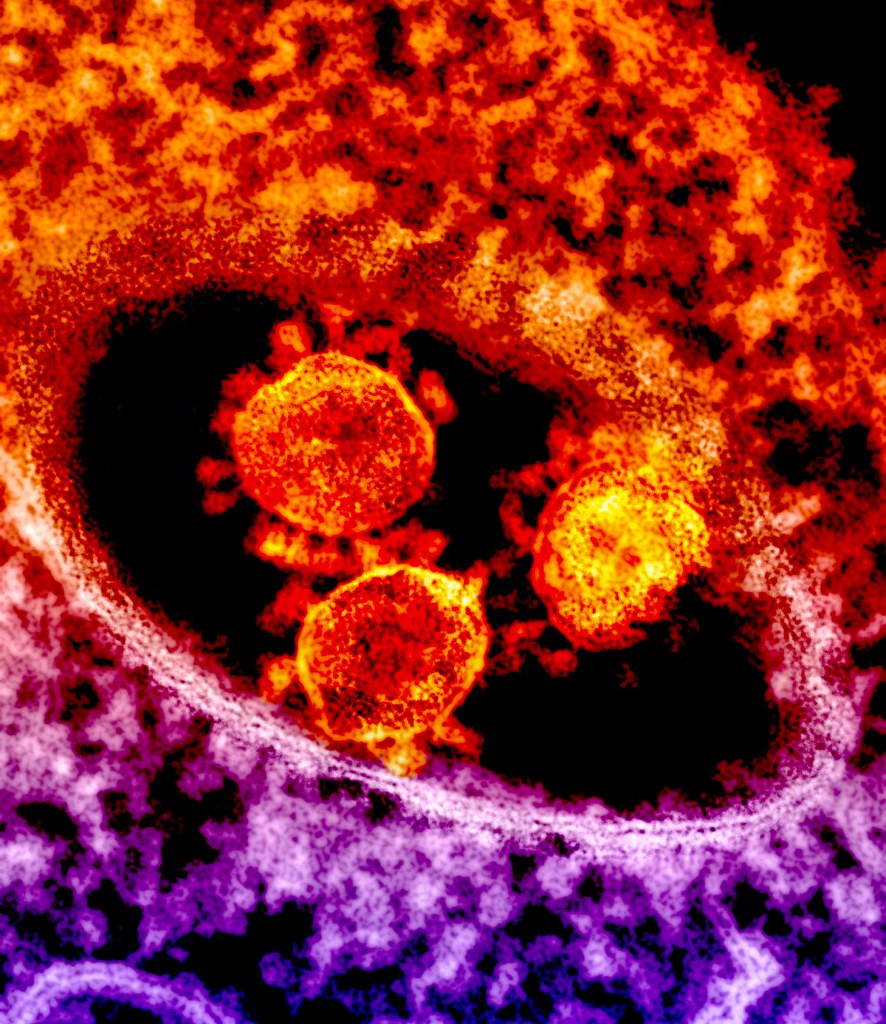
This morning I had the opportunity to watch a webcast sponsored by the Cleveland Clinic for clergy. There was a panel of religious leaders who reflected on what COVID-19 has meant for the work they do and for their congregants/members/parishioner. A big focus was on what it means for those of us who provide for the spiritual needs of others.
One of the pastors talked about how difficult it has been since he is a “hugger.” I will admit that I am somewhat of a hugger as well, but it’s not an essential part of my rabbinate. Another pastor talked about how challenging it is to comfort those in pain or in mourning when we cannot be physically close; how do you embrace those who are ill or in mourning when that very act is hazardous and possibly fatal?
The term we all use these days is “social distancing.” I’ve stopped using that term and instead starting using the term “physical distancing.” We human beings are social animals. We are not meant to live alone and on our own. Like bees and ants (and many other animals), we can only survive and thrive in community. That is part of why this experience is so difficult for us. It’s in our make-up as humans to connect with others. We may be physically distant, but we can never really be socially distant. Luckily, we have technology today that can help us to some degree.
As hard as this is for me as a rabbi, there is an added level being in the fitness industry as well. The experience of going to the gym is an inherently social one…especially if we work out with a personal trainer. Think about it: we could all work out at home–and there are many who do so successfully; it is a solitary experience. Most who join gyms or JCCs or YMCAs want the personal connection as well. The chatting, hanging out in the schvitz (sauna or steam room), and seeing friends are an integral part of the visit to the gym. As a personal trainer, I know that one of the most important aspects of my training is building a personal relationship with my clients; when I was client, it wasn’t just about the exercises, but also about my trust in my trainer and my sense that s/he really cared about me. COVID-19 has put a huge kink in that dynamic. I can see my clients via Zoom or Facebook Live, but the personal “touch” is missing. The real or proverbial hug is now dangerous.
None of us knows how long this pandemic will be around, how much longer is will disrupt our lives. In the meantime, we need to continue to reach out to others so that they know that we are there…even if we are not physically present. We know that feeling, that sense that someone is with us even when they are far away (or perhaps even no longer living). How do we capture that? How do we recreate that? How do we recover that touch we miss? Then, how do we share it?
I don’t know the answers, but as a rabbi and a personal trainer, these tasks will be front and center until the day when once again we can truly hug each other again…providing that personal touch.







